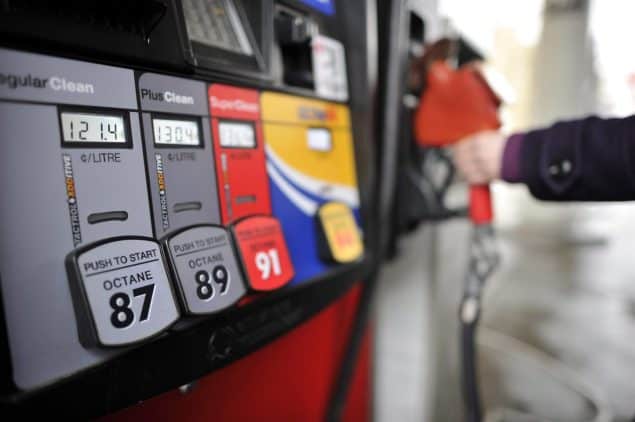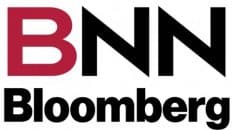The oil industry in this country has now entered a frozen state of flux. This is an antithesis, not some northern outpost of Minnesota. If something is in flux, of course, it is in constant movement or oscillation and we all know what frozen means.
The guidelines being issued by our federal minority leadership has the refining sector frozen in the glare of climatized headlights. The newest and “bestest” regulation that is sure to be a wake-up call for — first the refiners and — ultimately (as usual) — the consumers via the Clean Fuel Standard (CFS).
If you think the steam-rolled carbon tax, sorry… um, fee, oops sorry I mean… levy, was, and is, both annoying and expensive, it sure won’t go away with the CFS — it will just get more annoying and more expensive.
The CFS will hit consumers of all refined products — gasoline, diesel, and jet fuel with possibly astronomical increased prices.
Incoming regulation will mandate that refiners and fuel distributors must reduce their emission by 12% by 2030.
Today, refiners blend about 7% bioethanol and 2% bio diesel into the fuels they distribute. To meet, or even come close to the CFS target, it will come to the point that refiners will have to justify the cost of engineering the tweaks required to produce these fuels. As mentioned in previous reports, the global refining industry is collectively considering a mode of permanent hibernation. This is due to the pandemic-driven cavitation of demand, and the never-ending political onslaught by the eco alarmist fraternity that has swayed refiners to the, “no go” side of the, “go, no go” option.
The government has been, and is, as usual, strong on theory and promises but weak on actual guideposts to the end point of the game.
Where are we going and how do we get there?
Without answers to these questions refiners and fuel distributors may send their investment dollars and jobs elsewhere as they have with their oil sands funding. The refining population in Canada is thin on the ground right now. The CFS may just cull the herd. What is the best guestimate of the cost of this plan to the consumer?
The range quoted is wide — anywhere from 2 to 15 cents a litre at the rack and pump.
Then add the escalating carbon tax, then add the federally flavoured HST.
Then costs to the consumer are no longer in frozen flux right?
Yes! Yes! Prices will thaw and resume oscillating, but in only one direction and that’s up.
– Roger McKnight – B.Sc., Senior Petroleum Analyst








Add comment